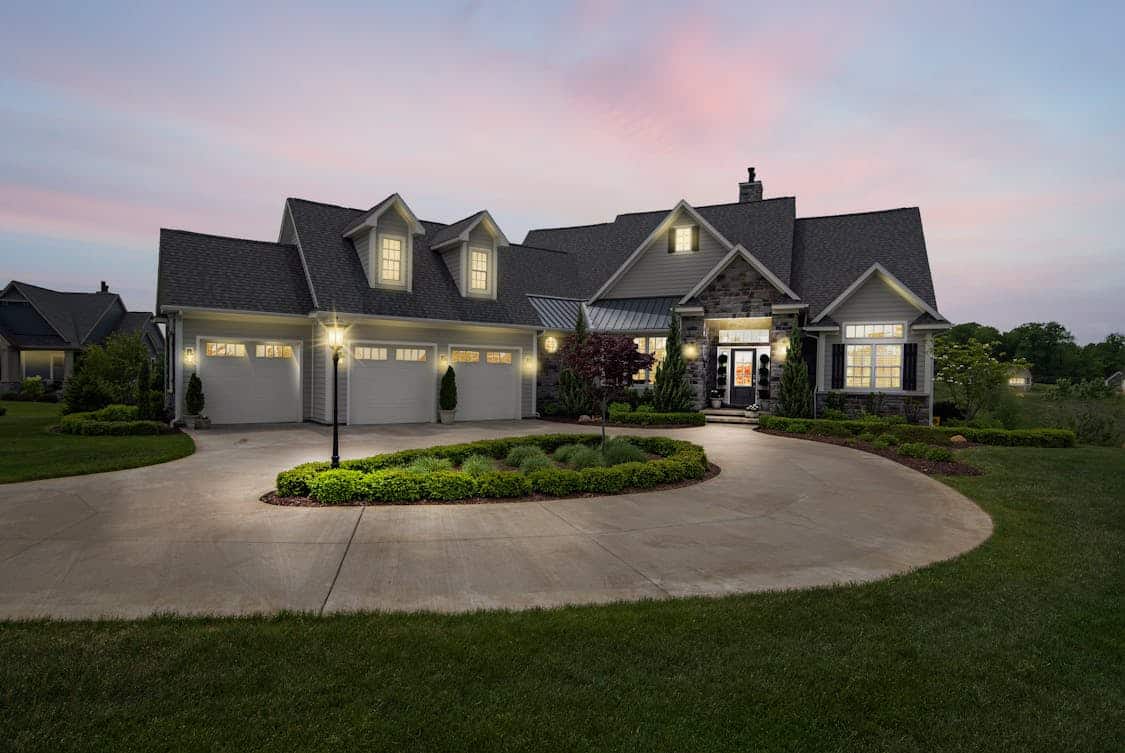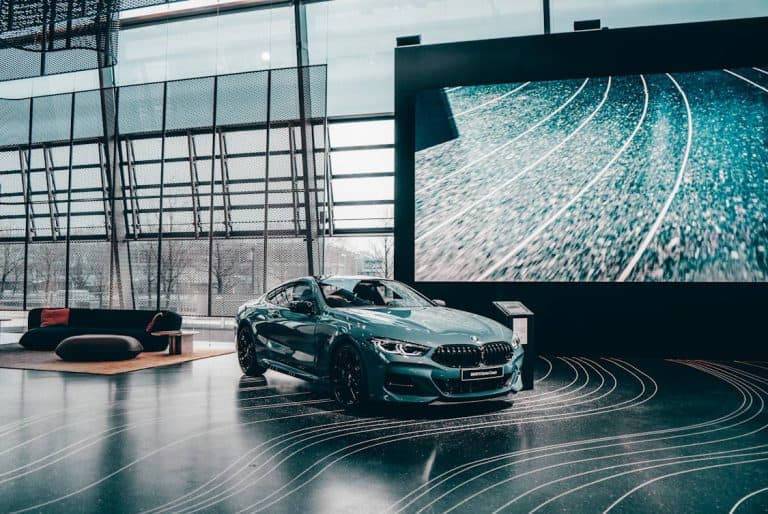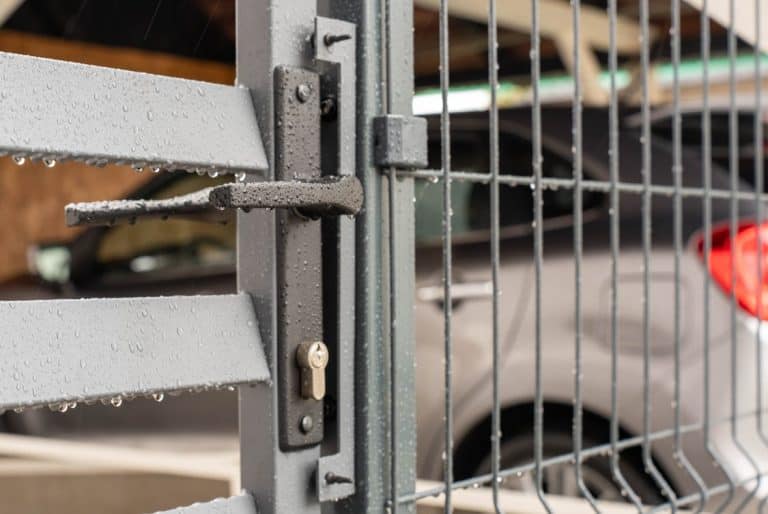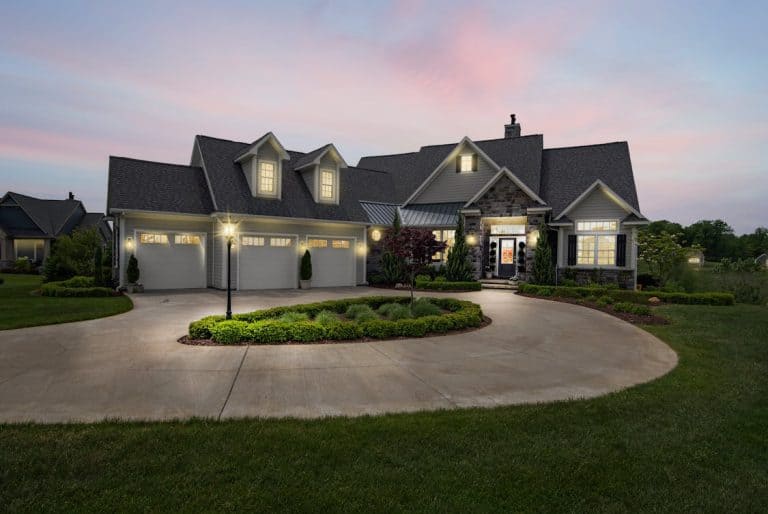Landscape lighting serves a dual purpose: it enhances the beauty of your outdoor space while providing safety and security. However, there are times when you may notice that your lighting is far from bright.
If you’re questioning why your landscape lighting appears dull or uninviting, this article breaks down various factors that could contribute to the issue.
Dirty Fixtures
The first suspect in the quest for brighter lights often lies in basic cleanliness. Over time, outdoor fixtures gather an array of dirt, dust, and grime. These substances can significantly diminish the brightness of your lights.
Take a close look at your fixtures. Are they covered in mud or leaves? Even if they seem minor, these elements can act like a curtain, blocking light from shining through effectively.
A good cleaning with a soft cloth and some mild detergent may work wonders. Remember that sometimes, the simplest solutions yield the best results.
Bulb Type
Not all bulbs are created equal. The type of bulb you use can drastically affect brightness levels. Incandescent bulbs, while warm and cozy, generally produce less light compared to newer options like LED bulbs.
If you’re using older bulbs, it may be worthwhile to upgrade to LEDs. They not only shine brighter but also consume less energy and have a longer lifespan. Choosing the right bulb can make a big difference in how your space feels at night.
Wattage Issues
Wattage plays a critical role in illuminating your outdoor area. If your bulbs are of low wattage, they won’t emit sufficient light. This is especially true for larger yards or spaces where you need more illumination to create an inviting atmosphere.
When selecting your bulbs, it’s wise to match the wattage to the size of the area. Sometimes, simply swapping out low-wattage bulbs for higher ones can instantly brighten your landscape.
Placement Problems
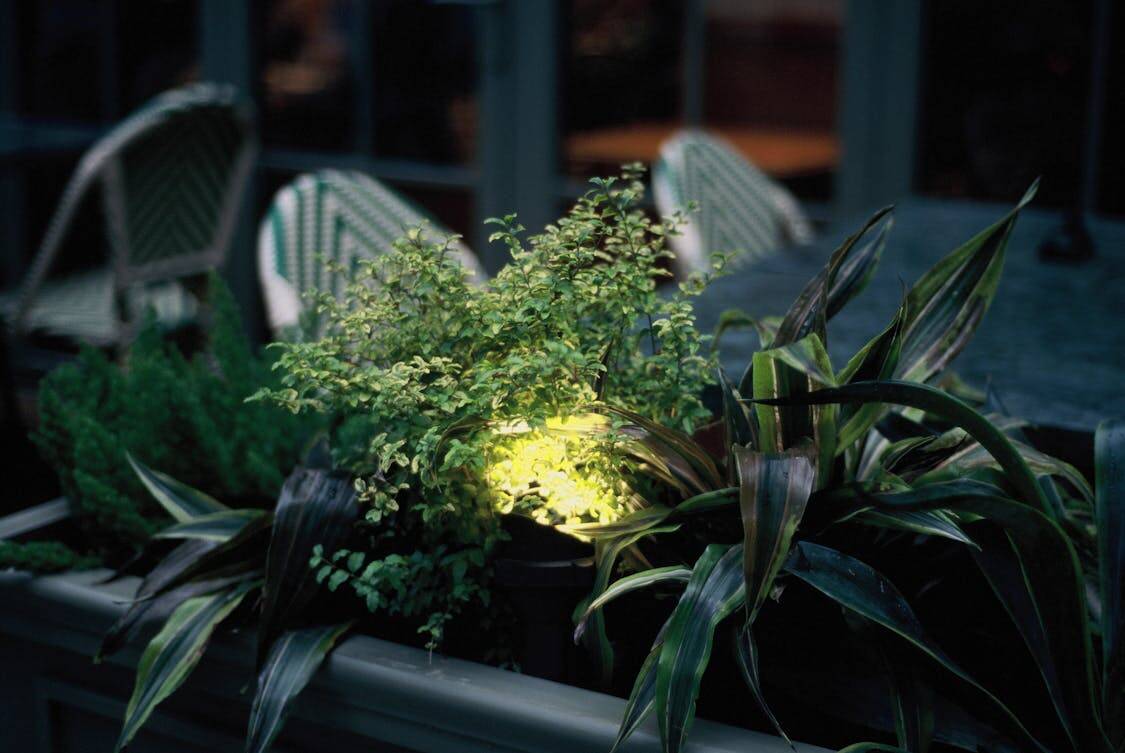
The placement of your lights can also affect their overall effectiveness. If they’re too low to the ground or not aimed properly, they may cast weak shadows instead of illuminating key areas.
For expert help in achieving the right positioning and effect, many homeowners turn to plano outdoor lighting professionals who specialize in optimizing both function and aesthetics.
Reassess where you’ve placed your fixtures. Are they highlighting the features you want to showcase? Experimenting with angles and heights could lead to a more dynamic lighting scheme. Sometimes, a little repositioning can change everything.
Weather Effects
Weather conditions can also alter how light appears in your outdoor space. Rain, fog, or heavy cloud cover can soften and diffuse light, making it look duller than it is.
If you’ve noticed a drop in light quality, take a moment to consider if recent weather events might have played a role. While you can’t control the weather, being aware of its effects may help set expectations for your outdoor ambiance.
Fixture Quality
Not all landscape lighting fixtures are created with the same level of quality. Poorly constructed materials can result in light loss due to rust, corrosion, or damage.
Investing in high-quality fixtures pays off in the long run. Not only do they tend to last longer, but they also perform better. If your fixtures exhibit signs of wear, it might be time to consider upgrading to something more durable.
Voltage Drop
Voltage drop is a technical term that might sound a bit intimidating, but it’s crucial to understand. If your lighting system isn’t receiving adequate power, it can lead to dim or flickering lights.
This issue often happens in larger systems where the distance between the transformer and the lights is significant. If you suspect voltage drop might be affecting your landscape lighting, consulting a professional may be a worthwhile step. They can assess the electrical setup and suggest potential solutions.
Wiring Issues
Like any electrical setup, the wiring in your landscape lighting system can become a source of problems. Loose or damaged wires can disrupt the power flow to your fixtures, leading to dim lighting.
Inspect the connections closely. Are there any frayed wires or connections that seem loose? Tightening or replacing faulty wiring can help restore brightness to your outdoor lights.
If you’re uncomfortable handling electrical components, don’t hesitate to call in an expert.
Too Many Lights
Believe it or not, having too many lights can also lead to a dull appearance. When fixtures are closely packed, they can wash each other out, creating a bland and flat effect.
It’s essential to strike the right balance in your lighting design. Spacing out your fixtures can enhance the overall look and create depth in your outdoor space. Sometimes, less is truly more when it comes to landscape lighting.
Dimming Controls
If your landscape lighting comes with dimming controls, it’s worth checking how you’ve set them. Incorrect settings can lead to a dimmer experience than anticipated.
Take a moment to assess the dimmer settings and see if adjusting them brings back the brightness you desire. Properly utilizing these controls can lend flexibility to your outdoor lighting, allowing you to set the mood as needed.
Seasonal Changes
Changes in seasons can affect how lighting appears outdoors. During the fall and winter months, natural light decreases, making landscape lighting more critical.
Pay attention to these seasonal shifts. In winter, for example, the stark contrast of your lights against the snow or bare branches can create a different visual experience than during summer months.
Understanding how seasons impact your lighting can help you appreciate its nuances.
Aesthetic Considerations
The color temperature of your bulbs can also influence how bright your lighting appears. Warmer lights tend to create a cozy environment but may lack the crisp brightness of cooler lights.
If you find your landscape lighting lacks vibrancy, consider experimenting with different color temperatures. A cooler light can give your space a fresh, lively feel, while warmer lights create intimacy. The right choice depends on the mood you wish to convey.
Maintenance
Regular maintenance is essential for keeping your landscape lighting in top condition. This includes routine cleaning of fixtures, checking bulbs, and ensuring wiring is intact.
Set a schedule for upkeep, and stick to it. Regular maintenance not only improves brightness but also extends the life of your fixtures. Think of it as a little TLC for your outdoor lighting system.
Professional Help
If you’ve exhausted all these considerations and still find your landscape lighting dull, it may be time to consult a professional. They can provide a comprehensive assessment, identifying issues you may have overlooked.
While some tasks are manageable on your own, there are times when expert insight can save you time and frustration. Don’t hesitate to seek assistance when needed.
Through these various angles, you can uncover the reasons behind your dull landscape lighting. Whether it’s a matter of cleanliness or a more technical issue, shedding light on the problem is the first step towards restoring vibrancy to your outdoor space.

